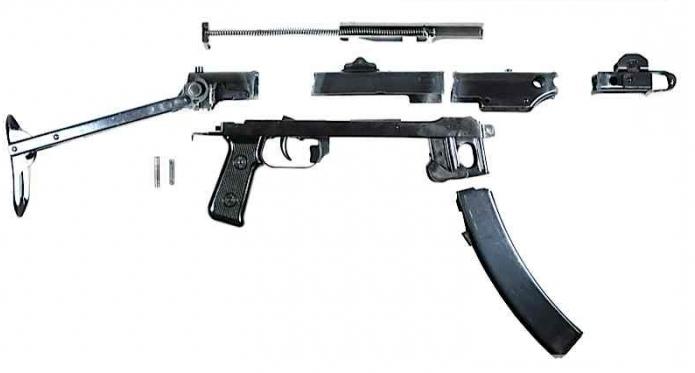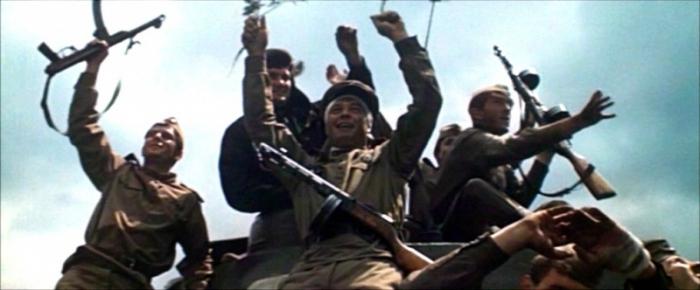According to most gunsmiths, this is the best submachine gun created during the Second World War. PPS is an automatic machine, which up to now has no equal in the ratio "efficiency-cost-simplicity-reliability". Only the objective conditions of military production and the end of the war did not allow him to become the most massive weapon of the Soviet Army and circumvent PPSh by this indicator.
Background and History
Despite the excellent combat qualities, the Shpagin submachine gun (PPSh) had a number of significant drawbacks. It was complicated and expensive to manufacture, which also required specialized enterprises. Also, the military did not arrange the dimensions and weight too large for the submachine gun. The complex and inconvenient to maintain disk store did not have sufficient reliability. The drive from one machine could not be used for another. In addition, it was believed that the PPSh has excessive rate of fire and large dispersion when firing in bursts. The competition for a new model of a submachine gun for the Red Army was held several times, but only in 1942 did the PPP win a convincing victory - an automatic machine of the design A.I. Sudaeva.
Manufacturability and combat qualities
Created in the conditions of the besieged Leningrad, Sudaevsky PP had unprecedented simplicity and manufacturability while maintaining the best combat qualities of the Shpagin submachine gun. For comparison: it took about 14 kg of metal and seven and a half working hours to produce one PPSh, and only 6.2 kg and two and a half hours, respectively, to a PPS machine . In addition, the amount of high grade metal used was significantly reduced. With the exception of individual parts, the entire structure was made by stamping from three-millimeter steel sheets.

In circulation, PPP was also more convenient and simple compared to its predecessor. Incomplete disassembly was carried out in just a few movements, and the weight and dimensions of the weapon were almost half that of the PPSh (3.6 kg versus 5.3 kg in running order). The excess rate of fire (1000 rounds per minute for PPSh) was also reduced, which led to aimless consumption of cartridges and barrel overheating. PPS is an automatic machine with an optimal rate of fire for this type of weapon: 600 rounds per minute. This rate of fire is the middle ground between accuracy and fire density over a short distance and allows firing with single shots without a fire translator. Currently, almost all modern submachine guns and assault rifles are designed for a similar rate of fire. No less outstanding at the faculty were combat characteristics. A powerful cartridge and a relatively long barrel made it possible to confidently hit targets with a target fire at a distance of more than two hundred meters, which was an impossible task for all, without exception, submachine guns of that time produced abroad.

PPS-43 assault rifle
After the experience of using the troops, changes were made to the design of the submachine gun. Since 1943, its upgraded version began to be produced under the designation "PPS-43." The changes as a whole were minor and affected only the appearance of the weapon. The shape of the handle and fuse was changed, as well as a slightly shortened barrel and butt, which also received a new mount. The only change in the internal design was the use of a guide rod of the mainspring as an extractor instead of a conventional reflector.
Conclusion
PPS is an automatic machine that has received well-deserved recognition all over the world. Only the inexpediency of the transition to a new type of weapon in war conditions did not allow to establish its mass production. Meanwhile, this machine was in service until the nineties and was copied many times. The sound of his bursts can now be heard in many hot spots in the world.